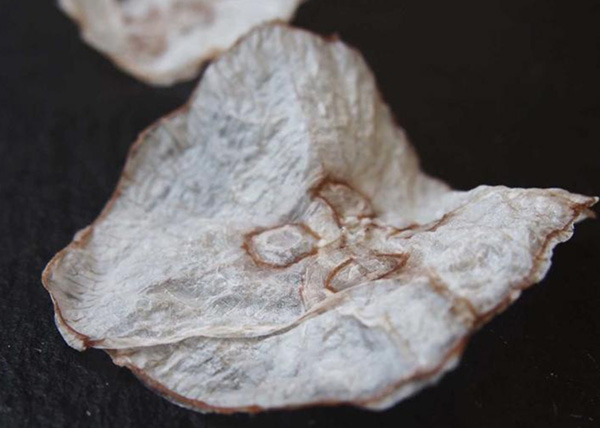Jellyfish chips. Just hear us out here. By the end of this article, you will be willing to try one.
With declining marine animal populations, there’s not enough creatures eating jellyfish. Jellyfish populations have started to bloom all over the world, causing all sorts of environmental problems. So what do we do with these blubbery creatures?
Danish researchers may have developed a solution. They have discovered a new method to rapidly transform the soft umbrella-shaped jellyfish body into a crunchy treat.

Jellyfish have been a staple in Asian cuisine for centuries, but remain an oddity to the western palate. Traditionally, in Asia, the bell or body of a jellyfish is marinated in salt and potassium alum for several weeks to produce a crunchy, pickle-like texture.
Texture
Texture has a powerful effect on how we perceive and enjoy food. Mathias Clausen of the University of Southern Denmark became intrigued by jellyfish when he bit into the marine delicacy and experienced an unexpected crunch. “Tasting jellyfish myself, I wanted to understand the transformation from a soft gel to this crunchy thing you eat.”
Clausen and a team of other Danish scientists then developed a new technique that produces the same crunchy results in only a few days, rather than the long wait the traditional Asian method has. “Using ethanol, we have created jellyfish chips that have a crispy texture and could be of potential gastronomic interest,” Clausen said.

The fishing industry is looking to jellyfish as a viable food source for the expanding global population. Furthermore, jellyfish have numerous health benefits; they are rich in vitamin B12, magnesium, phosphorus, iron and selenium.
This new scientific approach may affect future commercial viability of jellyfish, as well as other foods not commonly found on the dinner plate.
Okay so maybe eating them isn’t your thing. But here is the latest advice on treating jellyfish stings!

Editor for Silver Magazine Gold Coast

